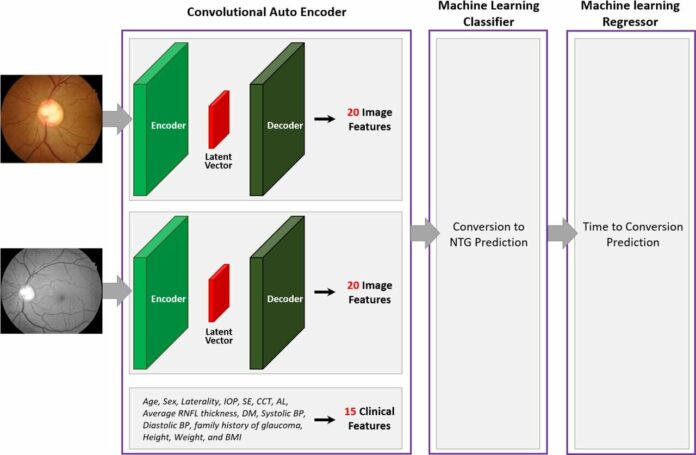According to research published online in the British Journal of Ophthalmology, AI is trained to recognize red flags in retinal images. Furthermore, clinical data can predict whether or not people at high risk of glaucoma, known as “glaucoma suspects,” will develop it.
The researchers further suggest that, if refined with greater numbers of people, this could be a useful diagnostic aid for clinicians.
Recent breakthroughs in artificial intelligence (AI) have encouraged the development of algorithms to better diagnose glaucoma progression. However, none have used clinical indicators to predict disease development in those at high risk, according to the researchers.
The researchers evaluated clinical information for 12,458 eyes with worrisome early indications of glaucoma. Their goal was to apply AI to bridge this gap.
They concentrated on 210 eyes that had developed glaucoma and 105 that did not. All of which had been monitored every 6-12 months for at least seven years.
Glaucoma: Red Flag Indications
The researchers then used red-flag indications in retinal scans acquired during the monitoring period. In addition to 15 critical clinical variables, to create a collection of “predictive” combinations. They were then fed into three machine learning classifiers—an algorithm that automatically orders or categorizes data.
Age, gender, IOP, corneal thickness, retinal nerve layer thickness, blood pressure, and body mass index (BMI) were all clinical characteristics.
All three algorithms performed well and were able to forecast glaucoma progression. In addition, it would occur with a high degree of accuracy. 91-99%. Baseline IOP, diastolic blood pressure (the second number in a blood pressure reading that measures arterial pressure between heartbeats), and average thickness of the retinal nerve fibre layer were the three most important predicted clinical variables.
They said,
The current results, thus, demonstrate only that the built model works well for a limited range of patients,
Moreover, they conclude
Our results suggest that [deep learning] models that have been trained on both ocular images and clinical data have a potential to predict disease progression in [glaucoma suspect] patients.




